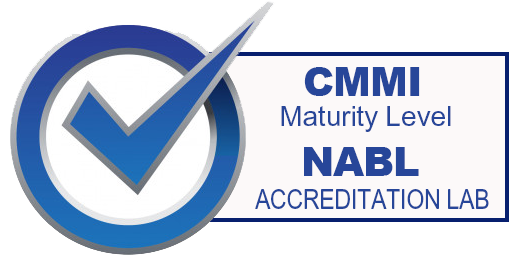- Call Us Now : +91 933-658-5266
- Send Us Email : geovisioninfocom@gmail.com
Floods
Don't Take Risks Learn To Manage Well.
Preventive measures to reduce the risk of Flood
- Flood prevention is designed to prevent dangerous floods from occurring, or at least to make it more difficult for them to occur .
- Flood control is supposed to prevent high-value areas from being flooded (e.g. dykes, detention basins, dams).
- Loss mitigation limits the material losses if the flooding of a building cannot be prevented (e.g. flood-proofing, evacuation).
- Financial protection – usually in the form of an insurance policy – protects against financial ruin, enables immediate reconstruction and is a key factor in managing risk and building high resilience.


Readiness towards Flood
- Contact your local county geologist or county planning department to get information about whether your business or residence is in an area that is prone to flooding.
- If you are located in an area that is susceptible to flooding, you should monitor NOAA Weather Radio or commercial radio or television stations for information about flood watches and warnings.
- While a flood warning is in effect, it is essential to follow your flood plan and not react impulsively. Remain in an elevated dry safe place for the entirety of the flood.
- Once the flood has passed it is important to resolve any issues as quickly and efficiently as possible.
Responce From Flood
- Electrocution by contact with downed energized lines, or objects in contact with fallen lines.
- When floods occur, debris and downed trees can block public roads and damage power lines. As with the electrical hazards, when removing trees and clearing debris there are potential hazards of electrocution from contact with downed power lines or tree limbs in contact with power lines, falls from heights, and being struck or crushed by falling tree limbs.
- Gasoline and diesel powered generators, pumps, and pressure washers all release carbon monoxide, a deadly, colorless, odorless gas. These devices must be operated out of doors and never inside confined spaces.
- Workers involved in flood preparation and cleanup activities are at risk of back, knee, and shoulder injuries from manual lifting and handling of building materials, sandbags, and fallen tree limbs.


Recovery In Flood
Four components of Recovery from flood disasters
- Avoid walking or driving through flood waters. Just 6 inches of moving water can knock you down, and 2 feet of water can sweep your vehicle away.
- If there is a chance of flash flooding, move immediately to higher ground.
- If floodwaters rise around your car but the water is not moving, abandon the car and move to higher ground. Don't leave the car and enter moving water.
- Avoid camping or parking along streams, rivers, and creeks during heavy rainfall. These areas can flood quickly with little warning.


